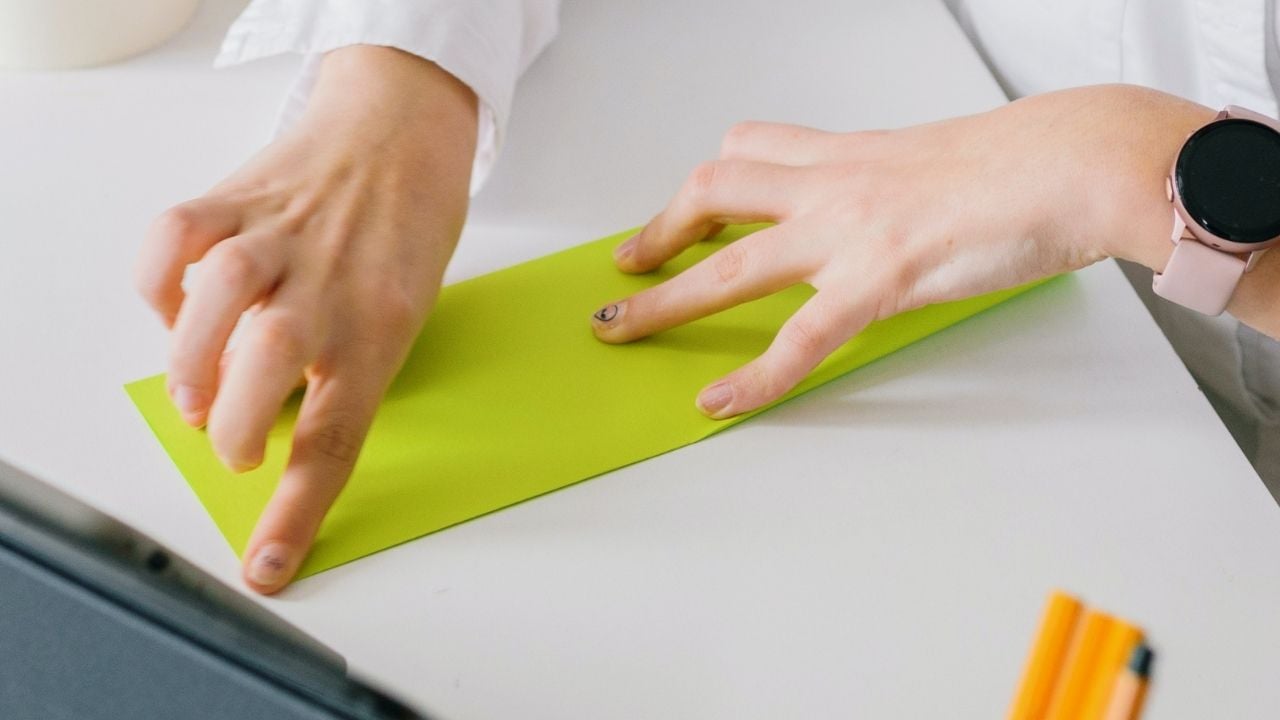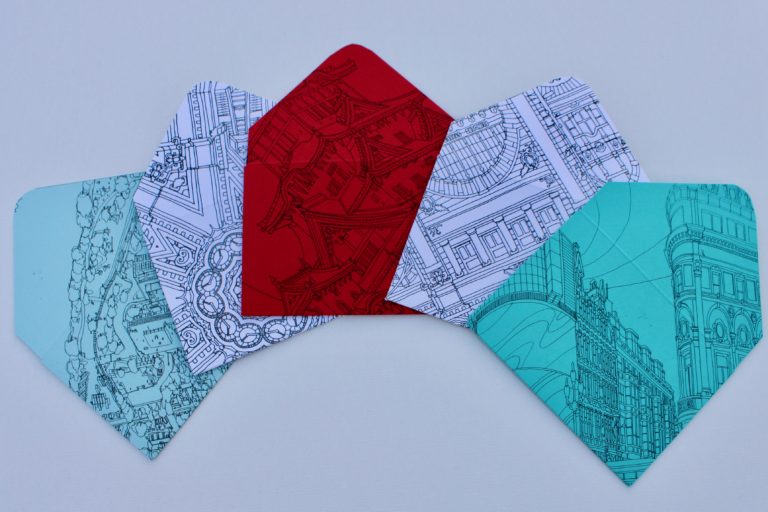Everything You Need To Know About Scored Lines In Paper
Scored lines in the paper refer to a cut or other mark made to the paper to fold it; typically, a scored line result in a fold if folded one way and not if folded another.
Types Of Scored Lines
Scored lines in a paper (note: scored line may be referred to elsewhere as ‘cut line,’ ‘line scored on the back of the sheet,’ ‘pre-scored paper,’ etc.) can either be a parallel scored line or intersecting scored lines.
A Parallel Scored Line VS An Intersecting Scored Line
Parallel lines are commonly used when making a folded card while intersecting lines are standard when making an origami piece where you score both at once then fold. Intersecting scored lines require that you let go of one end, then grab the other end and crunch the crease down, creating two z’s which makes folding much more difficult.
Where Are Scored Lines Used?
Intersecting scored lines are most commonly used in origami, and this is how you identify which way to fold scored paper: they will have an X shape and look like a scored z, basically intersecting scored lines cross each other.
On the other hand, parallel lines do not cross, and instead, only one is scored, which means you can fold the paper in half both ways, and it will still look as neat as possible.
Parallel scored lines are not as common as intersecting lines, but they’re used more often than some people may realize.
Parallel scored small creases created by very accurate machines can be found all over the place, from fortune cookies to origami pieces – some of those might even be parallel scored inside out, which make a big difference.
How To Score Paper
A scored line on paper is scored on the back of the sheet instead of on the front, which means if you wanted to make a score line by yourself, you would need to hold it up to the light at an angle. Usually, 90 degrees works best if you were wondering which way to fold scored paper.
Now push down to create some indents, which will make it significantly easier to fold that piece of paper afterward.
If you score only once then fold, it will result in two creases (i.e., an X mark where you scored it on both sides of the paper). If you score twice, like folding dry spaghetti noodles (scoring multiple times creates more of a dent than scoring just once), it will result in no crease at all because each line cancels the other out.
If you score three times, which is with thicker papers, then there will be a visible indent, and this should create a thick fold. When lines in paper result in a dent or score like spaghetti noodles, then you can use that as your guide to which way to fold scored paper.
If done correctly, a cut should be even with another (neither one is wider than the other), crisp (not jaggy or wavy), and deep enough that they no longer disappear after being folded numerous times.
If a line is not straight, then whatever was scored will have a noticeable wrinkle, so always check your work before moving forward.
To Sum It Up
Scored lines indicate the direction of folding scored papers; parallel scored lines mean to fold one way, and intersecting scored lines mean to let go of one end, grab the other end and crunch down on the crease (i.e., make an x with one line) before folding again along the scored line.
The important thing for scored lines is not whether there’s one or many but rather if those scores are parallel or intersecting because that determines what kind of fold you should get.
There You Have It
Always remember that a scored line in the paper can appear on both sides of a sheet and even inside out. You can now create your own on any piece of paper!








